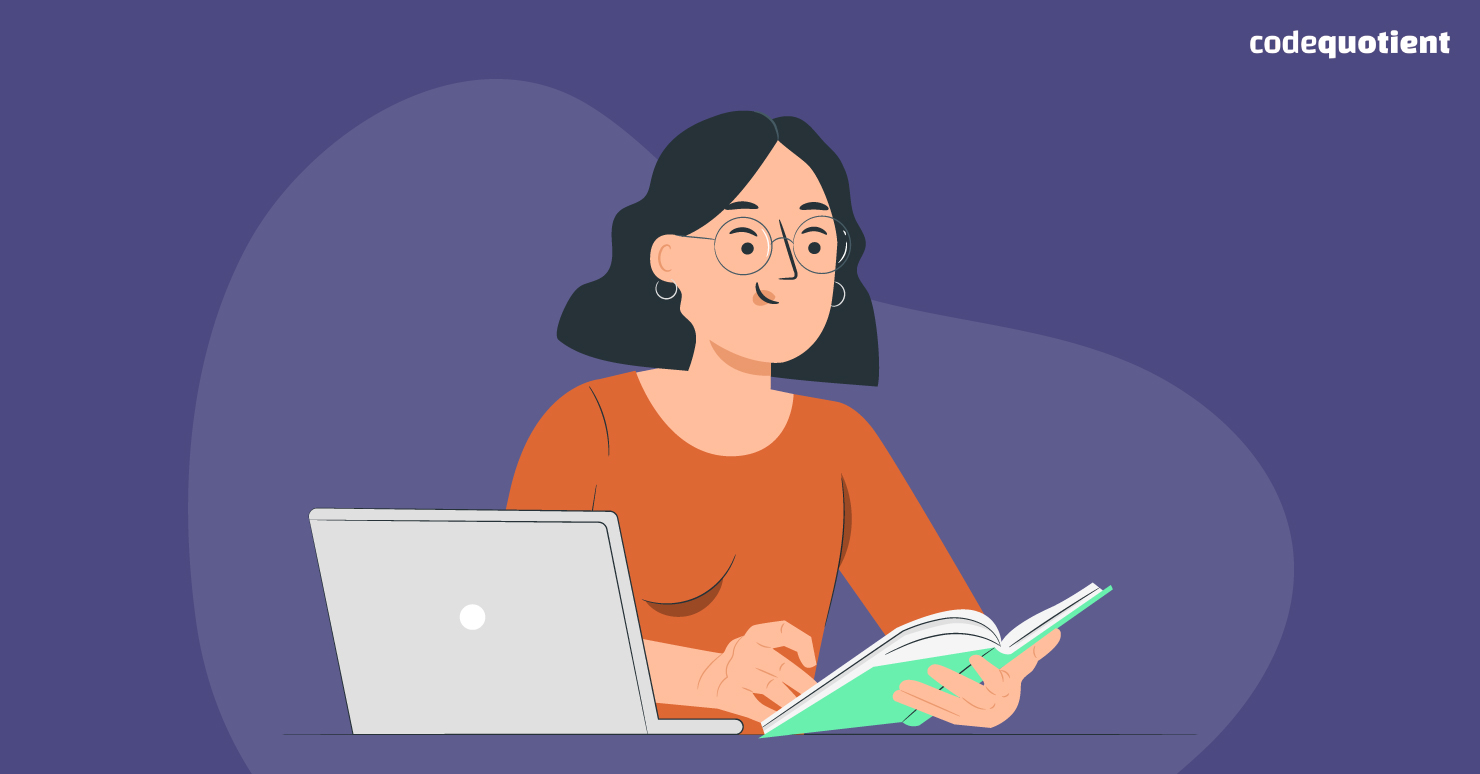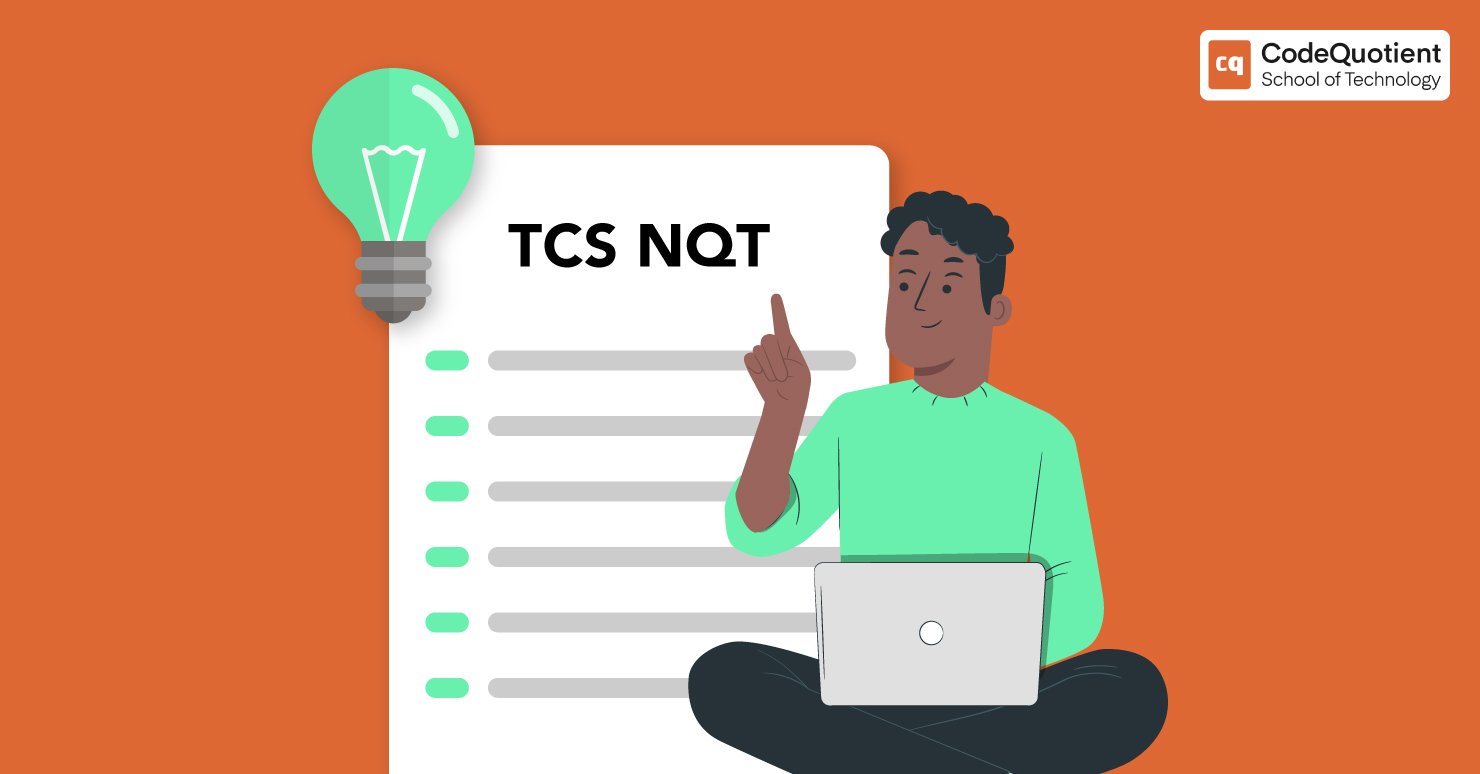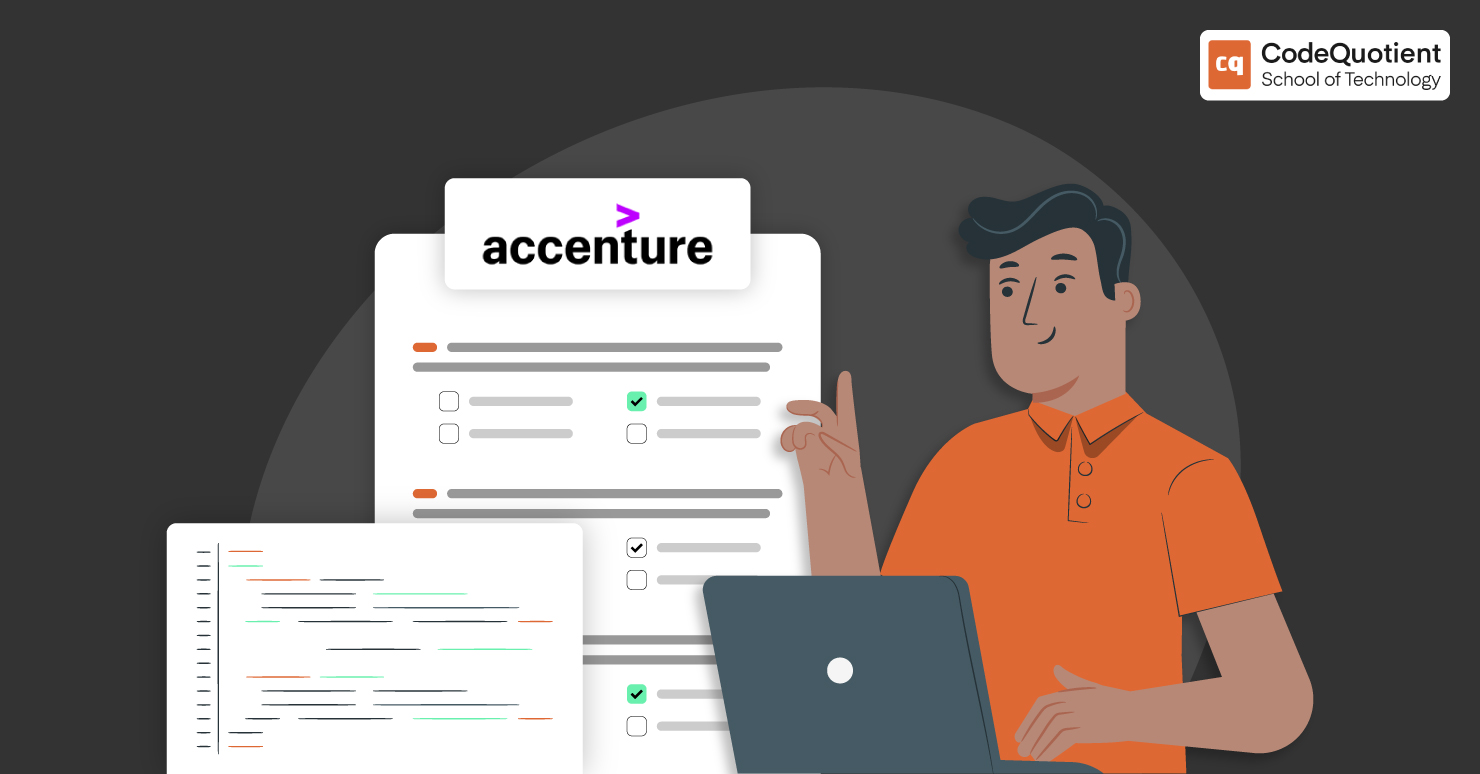Relational Database Management System (RDBMS) is one of the most used and sophisticated databases. It forms the skeleton of your backend code. Consequently, SQL is an essential skill for most software job roles. Be it machine learning, full-stack development, or any other position, sound knowledge of SQL is a must. And you will likely be asked elementary SQL server questions for an entry-level interview.
Read Also: The Beginner’s Guide to Becoming a Full-Stack Java Developer.
We have prepared a list of the most important elementary SQL Server interview questions. Let’s begin!

Source: Statistics and Data
SQL Server Interview Questions For Entry-Level Software Role
Here is a list of 10 must-prepare SQL server interview questions. We have also provided the answers to save your preparation time.
Q1: What is a Database?
A database is an organised collection of data that can be stored and retrieved from a local and remotely operated computer system. They can be large or small. Vast and complex databases are developed using set design and modelling practices.
Q2: What are DBMS and RDBMS, and what are their differences?
DBMS stands for Database Management System. It forms the interface between the database and the application interface or the end users. It is responsible for creating, retrieving, updation, and managing databases. A DBMS ensures that the data remains organised, consistent, and accessible.
An RDBMS stands for Relational Database Management System. The key difference is the term ‘Relational.’ An RDBMS stores data in a collection of tables that are ‘related’ through common fields of these tables. Oracle, Microsoft SQL Server, and MySQL are all examples of RDBMS.
Q3: How are SQL and MySQL different?

Note: This is an important SQL Server interview question.
Q4. What do you mean by CONSTRAINTS in SQL?
In SQL, constraints are rules concerning a table. These constraints can apply to single or more fields and can be applied at the time of creating tables via CREATE TABLE command or after creation via ALTER TABLE command.
Various constraints are:
- NOT NULL
- CHECK
- DEFAULT
- UNIQUE
- INDEX
- PRIMARY KEY
- FOREIGN KEY
Q5. What is Primary Key?
The primary key is applied to records (rows) in a table. A primary key’s role is uniquely identifying each table row.
It must contain UNIQUE values and has an implicit NOT NULL. One table can have only one primary key. However, this primary key can consist of single or multiple columns.
A simple example of a primary key is the serial number column.
CREATE TABLE Employees (
ID INT NOT NULL
Designation VARCHAR(255)
PRIMARY KEY (ID)
);
Note: This is an important SQL Server interview question.
Q6. What is a Foreign Key?
A foreign key helps establish a relation between two tables using the primary key of the second table. A foreign key can consist of one or more records.
The table with the foreign key is the child table, whereas the table with the primary key is the parent table.
CREATE TABLE Employees (
ID INT NOT NULL
Designation VARCHAR(255)
Salary_amt INT
FOREIGN KEY (Salary_amt) REFERENCES Salary(Salary_amt)
)
Q7. What is a JOIN? What are its various types?
In SQL, a JOIN combines records of two or more tables using a common column in the tables.
SQL has four types of joins:
- (INNER) JOIN
Inner join or the JOIN retrieves rows from all the matching columns in the tables. This is the most widely used join type in queries.
- LEFT (OUTER) JOIN
It retrieves all records from one table and only the matched records from the left joined table.
- RIGHT (OUTER) JOIN
Retrieves all records from one table and only the matched columns from the right joined table.
- FULL (OUTER) JOIN
This retrieves all the records where the match holds in either of the tables.
Q8. What do you mean by View in SQL?
A view is a result set obtained from running a SQL Statement in SQL. A view has rows and columns like any other table. The fields in a view are populated by one or more real tables.
Q9. What is a temporary table?
A temporary table or temp table stores and processes intermediate results. They can be created when needed and deleted when not in use.
They come in handy where temporary data needs to be stored.
Q10. What is Normalisation?
Normalisation is organising data so that data redundancy reduces and data integrity increases. This process helps make an efficient, reliable, and flexible database.
The normalisation process is based on three rules called the Normal forms. A database is said to be normalised when consistent with the 3NF:
- First Normal Form (1NF)
- Second Normal Form (2NF)
- Third Normal Form (3NF)
Bullet Proof Your SQL Interview Prep!
We have discussed the most important basic SQL Server interview questions. We know you are giving your best shot. But Code Quotient can help you go a notch higher.
Code Quotient’s Super Coder’s Program can help you bulletproof your interview preparations. It is an online coding Bootcamp that will polish your coding skills. The program also includes interview and aptitude test training.
It entails more! The program helps you get placed in one of their top IT companies. And all this is free of cost or at a very marginal fee.
Check for yourselves. Apply Now!




